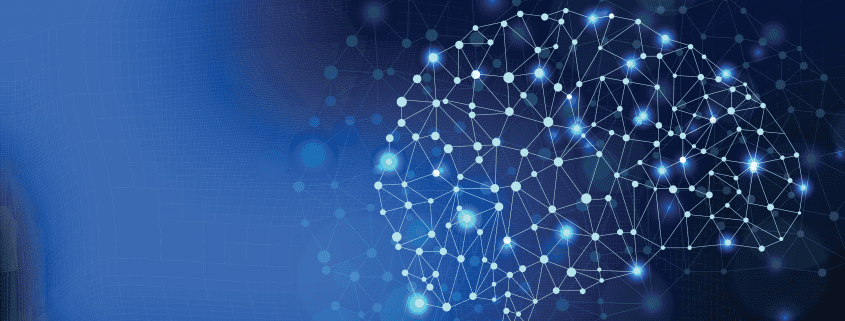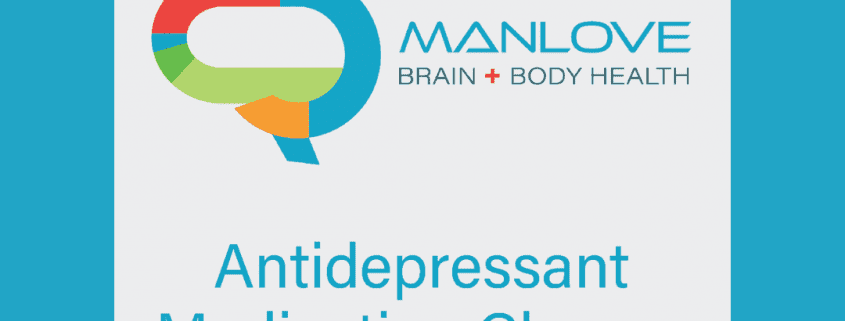Finding Inner Peace Through Mindfulness
The beauty of mindfulness is that it can help you uncover greater degrees of inner peace. I use the terms awareness and mindfulness interchangeably though I find awareness to be more descriptive of what we’re looking for as we walk through the introduction of practicing mindfulness below.
Inner peace is the springboard for many positive emotions – joy, contentment, humor, satisfaction of one’s life, freedom, lightness of being. These all begin at the doorstep of peace.
Mindfulness is a little like swimming in the ocean. You can go as deep as you want. This article goes ankle deep. It is up to you how far you want to take it from there.
Our Thoughts vs. Our Selves
If you break down the sentence “I have a thought”, we see that an “I” has a “thought”. We don’t customarily think about the “I” and the “thought” as two separate things. However, if we challenge our mind to look at these separately, we begin to understand that thoughts are something that “I” have. Technically, one could say, I am not my thoughts.
As a culture, we’ve been taught to associate our identities with the thoughts that we have – the thoughts about ourselves and the stories we tell ourselves. Another way of looking at our identity is our awareness. And, I would suggest that our awareness is actually the deepest part of who we are.
This is a new way for most of us to see ourselves. Where is it that we attach our identity? Is it in the awareness or is it in the thoughts we have?
That’s where we begin. We could ask, where do thoughts come from? Part of the goal of mindfulness is to become a student of our own thoughts. We consider:
- How do thoughts serve us?
- Do we have to believe all of our thoughts?
- What’s the relationship between our awareness and our thoughts?
Taking a Step Back
When I was a kid, my friends and I liked to go to the movie theater to see scary movies. To cope with our fears during the films, we learned to mentally take a step back from the screen when it got too frightening. If you think about that, that is a very unique, very human ability. Animals to our knowledge can’t do this.
By taking a step back we can change what our mind focuses on. For example, I can focus on the lights, the reactions of the people around me, the smell of popcorn, the fact that I’m out with my friends to give my mind a break. Then, when I am ready, I can re-immerse myself in the film. This is a really nimble ability that we have to take a step in or out of our situation.
This same idea of taking a step back is how we begin to practice mindfulness.
Upsetting Thoughts Destroy Inner Peace
Upsetting thoughts disrupt inner peace. Everyone has upsetting thoughts at times and everyone has their own kind of upsetting thoughts. There are typically two different styles:
- Anxious/worrisome thoughts
- Angry/frustrating thoughts
Upsetting thoughts can come out of nowhere. When you have an upsetting thought, whether you realize it or not, you have the choice to pay attention to that thought or to let it pass.
Thoughts are a lot like clouds. They come somewhere from the west, they’re in front of us, and then they disappear somewhere to the east. They are always in motion.
If we decide to pay attention to an upsetting thought, we pull it into our consciousness. Thoughts have a way of just moving through, but we have to deliberately pull it into our consciousness for us to focus on them.
When we begin to focus on that upsetting thought, it triggers other anxious/worrisome thoughts, so we let that cloud grow in size. Again, you have the same choice to focus on them or let them pass. It takes effort to bring thoughts into focus.
When we start having anxious/worrisome thoughts, it creates anxious/worrisome feelings. Once we begin to have anxious/worrisome feelings, it feels more real. Feelings have a greater depth to them which hook us more. That’s what we want to find, what hooks us.
It would be normal to have a generic upsetting thought, followed by an anxious thought, and then a discouraged/depressed thought. At each point in this progression, we have the choice to let it pass or follow it down the path.
If I choose to follow my upsetting thoughts, I will end up with a completely cloudy sky. No longer aware that I am a thinker having thoughts, I become lost in my thoughts.
Step 1: Notice Upsetting Thoughts
The first step to being a student of our thoughts is to simply notice when we are having an upsetting thought.
By simply planting the intention of noticing when you are having upsetting thoughts, you will begin to notice when you are having upsetting thoughts.
We need to nurture this ability on a daily basis, reminding ourselves to catch ourselves having upsetting thoughts. As you practice, you’ll get faster at identifying them. The more quickly you can identify them, the easier it is to stop them before they get momentum going.
Step 2: Identify Whether Your Thoughts Are Useful or Useless
Once we get a hang of noticing upsetting thoughts, have some curiosity about your upsetting thoughts. See what they do. See what they create for you.
Some questions to consider:
- Is there a connected theme?
- Are they helpful in some way?
- How do your thoughts affect your inner peace?
We can’t presume that all thoughts are helpful. We can protect our inner peace by identifying when we are having upsetting thoughts and understanding if they are useful or useless to us.
Step 2: Catch & Release Upsetting Thoughts
We all experience events of life. And when we do, we create and react to the commentaries that we use to describe those events and dramas. We are meaning seeking creatures, so we create stories about these events. They may be positive, neutral, negative, and even hostile.
When we react and create these commentaries, we have a choice. Put strongly, we can become victims of our own emotions and our thoughts about those comments, or we can take a step back and witness these storylines as they develop. As Mark Twain said, “I’m an old man and have known a great many problems, most of them never happened.”
As we take a step back, we allow our thoughts to fade into silence. Again, thoughts are always in motion. Our brains are made for thinking. Our thoughts are valuable tools in the right context. They are here to serve us, but they can lead us astray.
Our goal is to simply be more aware of our thoughts and which ones are useful and which are useless to us. Not all thoughts are created equal.
Some thoughts are stickier than others, and no one will be perfect at this. It’s a matter of doing what we can to not be reactive to all of those storylines our minds create. As we do this, we begin to find peace.
Step 3: Focus on the Present
I used to have a Golden Retriever named Max. He could be asleep, but if you threw a stick, he had to go fetch it. I’d suggest that he didn’t have a choice, he was bred for that. People have more freedom than that. We don’t have to fetch every thought that comes into our mind.
If you observe your mind, you’ll notice that it might dwell in the past or fixate on the future. Our mind has no time to waste. It has to find things that are potential threats or look for problems to solve. This isn’t a bad thing unless it leads us to places we don’t need to go. We want to notice that we are having thoughts and evaluate whether our fixation on the past or future is helping or hurting us.
We can become more aware by focusing on the present. You’ll notice that our mind is easily bored. In stillness, it has a tendency to race about for something to fill it. One way to embrace the stillness is to take a few deep breaths. Breathing is naturally relaxing and allows us to ground ourselves in the present moment.
The mind can be afraid to be present to now. It’s afraid of what might be perceived as emptiness, but we may find beauty and delight in emptiness.
The mind is not prone to trust life. It tends to thrash about looking for potential threats. Our mind tends to over prepare, becoming vigilant. The mind is always looking to create meaning out of things so that it doesn’t have to deal with emptiness. It’s amazing the way we flee emptiness. It’s also ironic that it’s the least thing we need to fear.
Meditations On Now
Something about now is nurturing. It tends to be overlooked. Now is present. It touches stillness, and is often joyful. There’s a lightness of being in now; it does not get lost in the outer circumferences of life, the outside trivias and dramas that don’t amount to much. There’s a serenity to now. Now demands nothing. It simply is. The experience of now is an experience of a deeper reality. Now can lead to an awareness of the connection to a greater whole. I am now. This last one is a little more than ankle deep in the ocean, but it’s worth some reflection.
Practice Protecting Your Peace Every Day
We find inner peace by valuing inner peace. I protect my peace and sense of wellbeing from upsetting thoughts that aren’t worth engaging in. It’s a choice. It’s a deeply human choice. And, it’s where real freedom exists.
Mindfulness is all about being nimble with what we choose to think. We don’t have to go to every place that our thoughts take us. We all have these abilities, we just need to be deliberate in using them. We need to remember to take a step back and ask ourselves, is this a thought worth having?
Join Us for Group Therapy
Manlove Brain + Body Health is now offering group therapy sessions for depression, anxiety, and PTSD. Learn more >

Gaylen is a licensed clinical social worker in South Dakota with 45 years of outpatient experience. He received his Masters of Social Work (MSW) from The University of Iowa and has a Bachelor’s of Science in Psychology from the University of South Dakota. He loves to incorporate mindfulness and meditation in his counseling practice, has led a meditation group for 10 years, and has taught mindfulness for many years. He sees therapy as a mutual collaboration with medication or other forms of mental health treatment and believes that his patients are the best experts on themselves.











